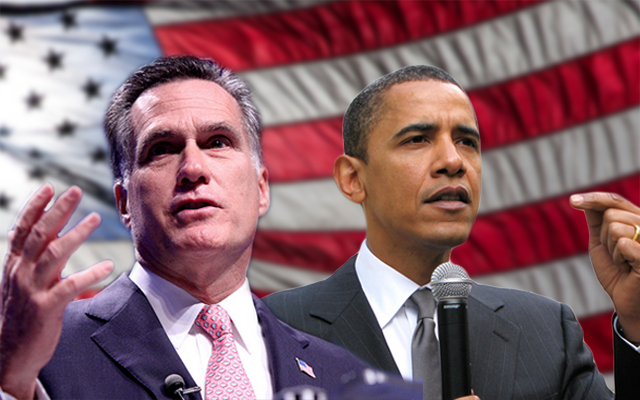It is not always the best idea to highlight your strengths and brag
about them. Especially when you are appealing to your audience to make them do
something for you, a different approach may be the most appropriate to persuade
them. Pretending to be the victim in the scene is certainly very useful, since
you appear to be the one hurt if the counterpart takes the wrong decision. It
takes all the eagerness and the anxiousness one has to convey his message and prove
his point and turns it into a seemingly disinterested argument. Heinrichs
describes this very effectively when he states, “Seem to deal reluctantly with
something you are really eager to prove” (p. 73). This makes the audience
sympathize with you and probably try to help you in your case. This technique
made me reflect upon several experiences in which I have tried by all means to
persuade an individual of sharing my position in a certain topic and could not
accomplish my task. However, when I was about to quit and began to stop
insisting so much, the individual suddenly decided to share my perspective.
Innocence
is crucial for the audience to trust you. I found it very interesting to
observe the influence an appearance of innocence has on the audience. I would
have expected the audience to be happy with a very knowledgeable person who
shows his intelligence right from the beginning of the argument. However
appearing as an innocent person who is simply the victim of anxiousness adds
credibility and honesty to the argument, which most people value. In addition,
Heinrichs depicts a very important technique one should consider: “Make it seem
you have no tricks” (p. 75). The audience will start the discussion with a very
cautious approach to the ideas one presents. It is the arguer’s objective to
make the audience sympathize with him and make them change their approach to a
more open and trusting one. Once this has been accomplished, one can begin
manipulating pathos, logos, and ethos to persuade them of committing to a
certain idea and doing what is desired. Winning their trust first is essential
to achieve the final goal.






